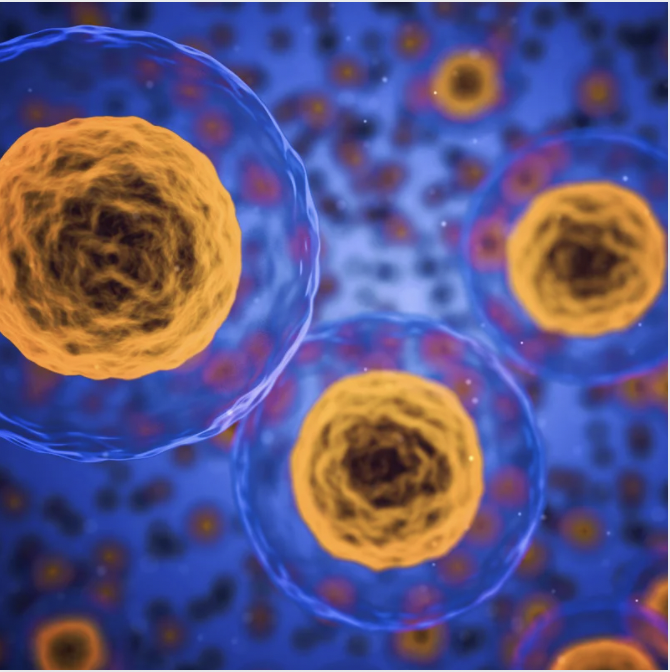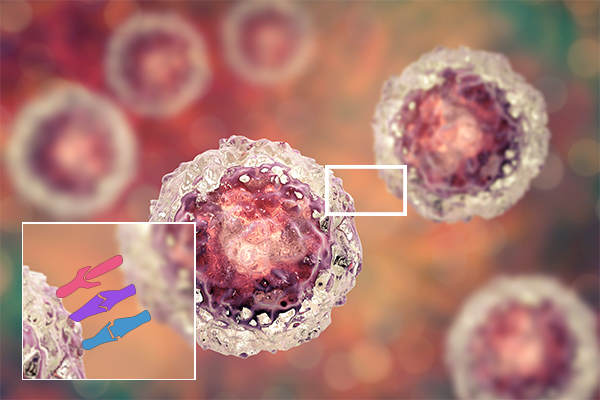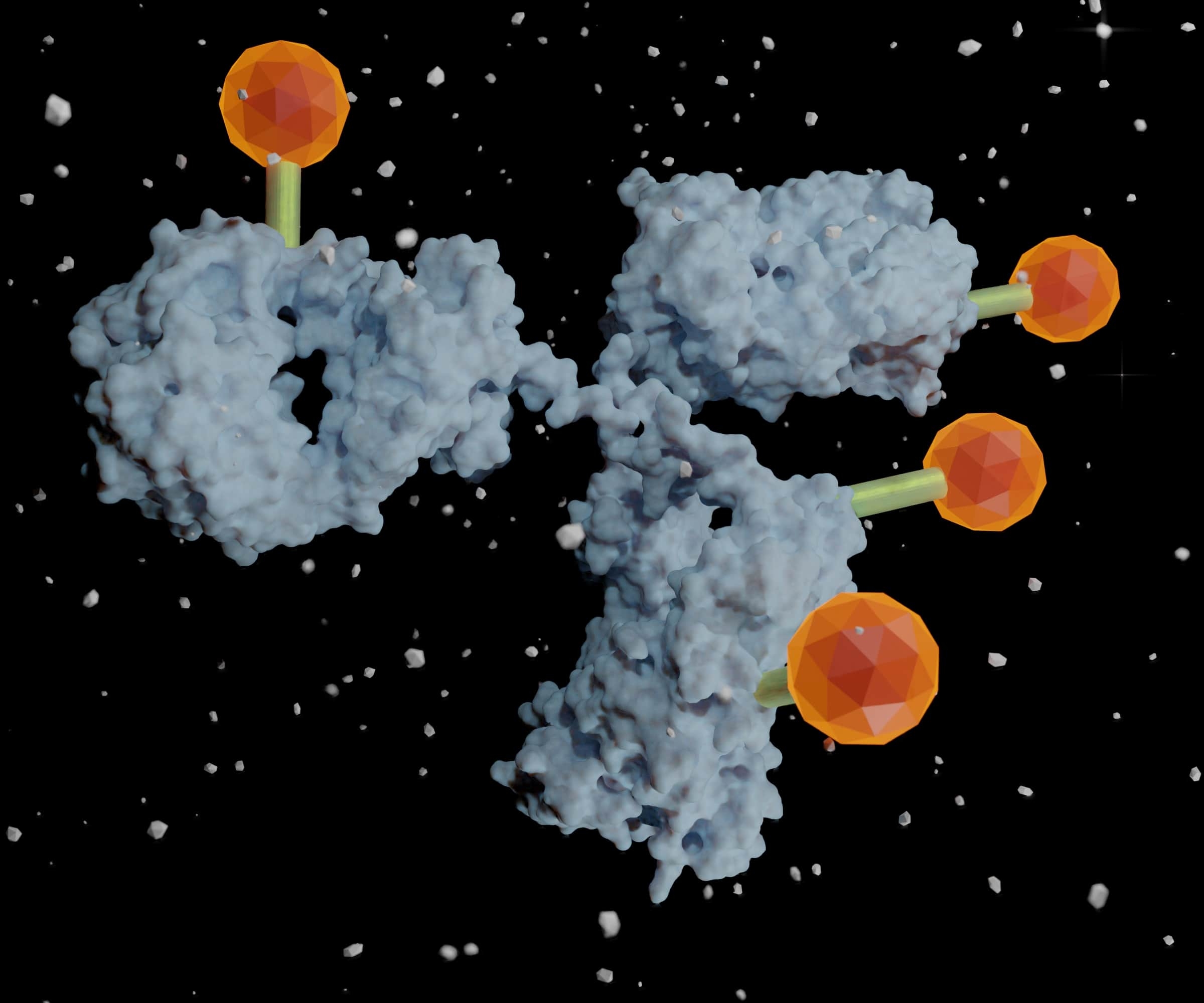Every year about 12% (one in eight) women across the U.S. will be diagnosed with breast cancer, with an estimated 41,760 expected to succumb to this deadly disease by the end of this year alone. However, new milestones in research is helping us understand more about how we can further improve treatment for those currently battling through breast cancer in hopes of increasing the overall survival rate. Thankfully, every year since 2000 we have seen a 7% decrease in reported incidents, and in 2019, milestones in how we treat different types of breast cancer show hope for this number to increase in the future. With breast cancer awareness month coming to an end, we wanted to shine a light on this year's biggest developments in research and available treatments.
New Hormone-Blocking Therapy
A new type of clinical trial was found to increase the survival rate of women suffering through estrogen-fueled cancer by up to 70% over three and a half years. The trial, published in the New England Journal of Medicine, applies regular doses of ribociclib (a cell-cycle inhibitor) that halts the activity of cancer-producing enzymes by turning off molecules CDK 4/6 which are responsible for the rapid growth of cancer cells. This promises a different alternative to chemotherapy which is a lot less toxic because it targets cancer cells directly.
Research Into Scintimammography for Accurate Detection
Over the years, detecting signs of breast cancer has become a lot more precise as new techniques are developed. This year was no different, as ongoing research focused on the Scintimammography technique has helped increase the accuracy of detection when analyzing suspicious areas found in mammograms. Scintimammography is the process of injecting a tracer (a drug with a safe radioactive change) that attaches itself to breast cancer cells so doctors can later detect the location of it using a special camera. As more research is done to improve this technology, we should be able to use this technique in specific situations where cancer cells might be harder to find, like when examining breasts of younger women that tend to be a lot more dense and thus harder to detect cancer growth.
New Approved Treatments for HER2-Positive Breast Cancer
Trastuzumab was once a revolutionary treatment for women diagnosed with a lethal form of breast cancer driven by the HER2 oncogene. Since trastuzumab’s approval by the FDA in 1998, researchers have been focusing on finding other HER2-targeting agents to treat women who require more aggressive breast cancer treatments to tackle this oncogene. Abemaciclib (Verzenio) for example, is one of the newer drugs currently ongoing clinical trials. Research has found that Abemaciclib can be used to inhibit the activity of CDK 4/6 proteins responsible for the rate cancerous cell division, making it a more effective treatment in delaying cancer progression when compared to drugs that target only a specific cancerous gene mutation.
Major Clinical Trial Identifies Women Who Can Skip Adjuvant Chemotherapy
More than 10,000 women with hormone receptor-positive, HER2-negative and lymph node-negative breast cancer participated in a major federally funded trial that helped doctors better understand which patients may or may not benefit from adjuvant chemotherapy. These results showed that women over 50 with an intermediate recurrence risk score (0-10 & 11-25, respectively) determined by the Oncotype DX gene expression assay, showed no improvements from an additional adjuvant chemotherapy treatment. In the past, women that fell between 11 and 25 in this scale were required to have adjuvant chemotherapy, but thanks to this study, researchers found that only those with a score of 21 to 25 were found to benefit from the additional treatment. Thanks to this new step in breast cancer research, women who fall in the 11-25 range will greatly benefit from the reduced cost of care while avoiding the adverse effects of chemotherapy.
Other Brand New Treatments For Breast Cancer
Every year work is being done to improve the lives of those suffering through breast cancer, and in 2019, we have seen the list of new therapeutic and medical treatments increase exponentially. In this final section, I wanted to list some of the other medical options that were made available this year, which has helped greatly improved the survival rate for those battling breast cancer.
Atezolizumab - A PD-L1 inhibitor approved by the FDA in march 2019. This is targeted to those suffering through metastatic triple-negative breast cancer, characterized by tumor growth expressed by the PD-L1 protein. This treatment helps improve the overall immune system people affected by this advanced form of cancer, fighting against cancer cells that have developed due to the PD-L1 protein.
Alpelisib (Piqray)- Focused on treating postmenopausal women and men with metastatic breast cancer caused by the PIK3CA gene mutation. Alpelisib, approved by the FDA in May of 2019, works as an inhibitor that slows down the growth of tumor cells caused by this mutation.
Trastuzumab (Herceptin) with hyaluronidase - Although trastuzumab has been used for treatment ever since 1998, FDA approved this year a new version of this popular medication that combines it with the enzyme hyaluronidase. This enzyme is important as it helps the body take in trastuzumab more naturally. This new form of trastuzumab is being used to treat people going through non-metastatic and metastatic breast cancer
CAR-T Cell Therapies - A revolutionary new clinical trial being done by the City of Hope cancer center that promises to cure certain forms of cancer. This new therapy works by altering the T cells from your blood and changes them genetically so it attacks cancer cells naturally. City of Hope is currently looking for people affected by HER2-positive breast cancer and brain metastases to participate in one of their first CAR-T cell therapy trial. However, please be aware that with any new trail comes potential risks, as it all depends on how your body reacts with the infusion.
With improvements in cancer research exponentially growing, we expect more and more treatments like the ones listed above to become widely available so that the survival rate goes up exponentially. We hope the information here proved helpful for those currently battling through this terrible form of cancer that affects families across the world, and insightful for people who want to contribute to make a change.
If you are interested in donating for the cause, I would suggest checking out the Breast Cancer Research Foundation or the Susan G. Komen Breast Cancer Foundation.




